The «Penfield» diagram of reflexion
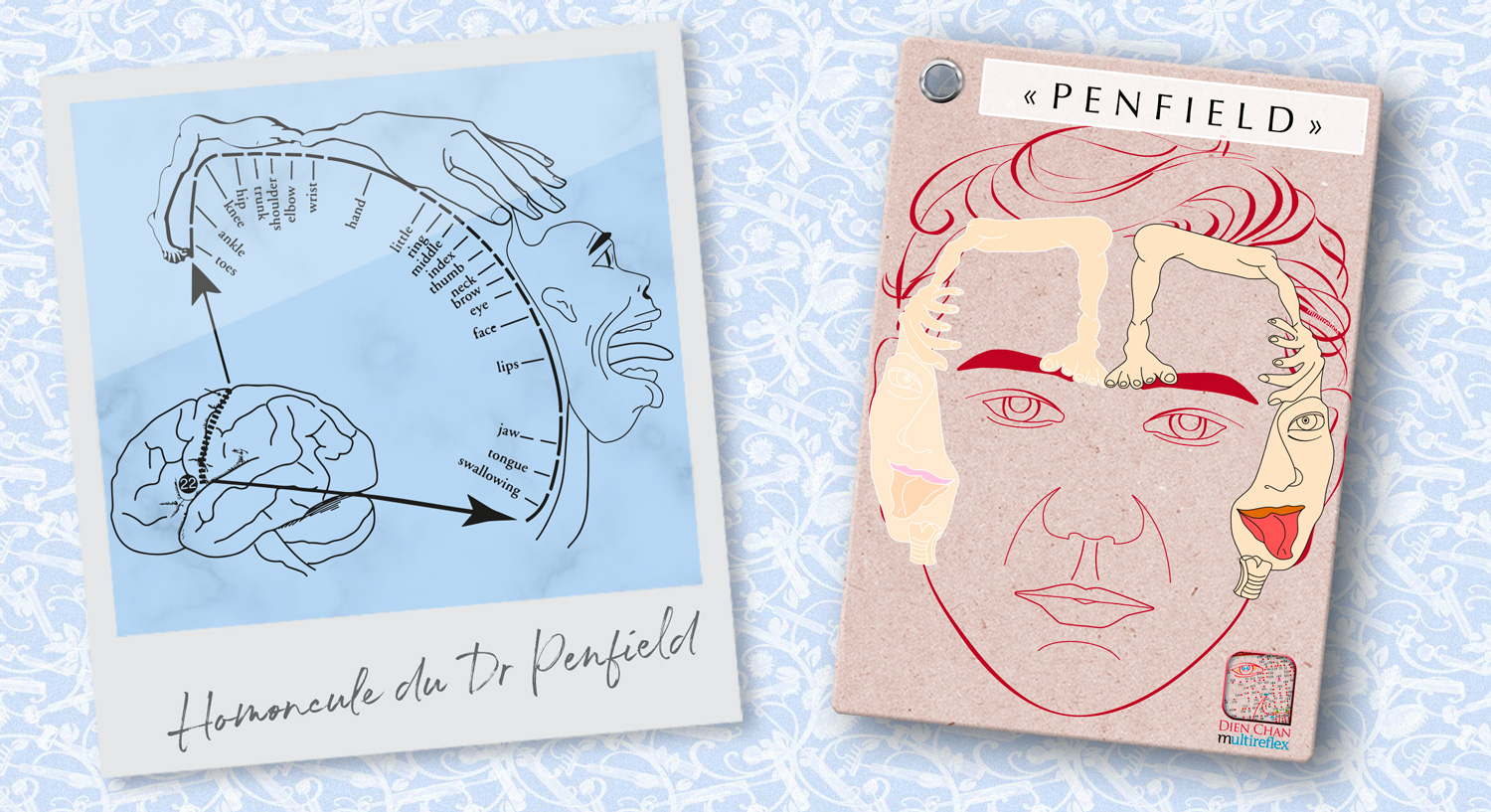
🇫🇷 ARTICLE EN FRANÇAIS | ARTÍCULO EN ESPAÑOL 🇪🇸
This is in fact the first diagram of Dien Chan. While Professor Bùi Quôc Châu had established his map of specific points, he was interested in the work of Dr Nogier who introduced a pattern of reflection lodged in the ear.
At first, he even thought that his bqc·point 0· belonged to auriculotherapy.
But why is this called the “Penfield”?
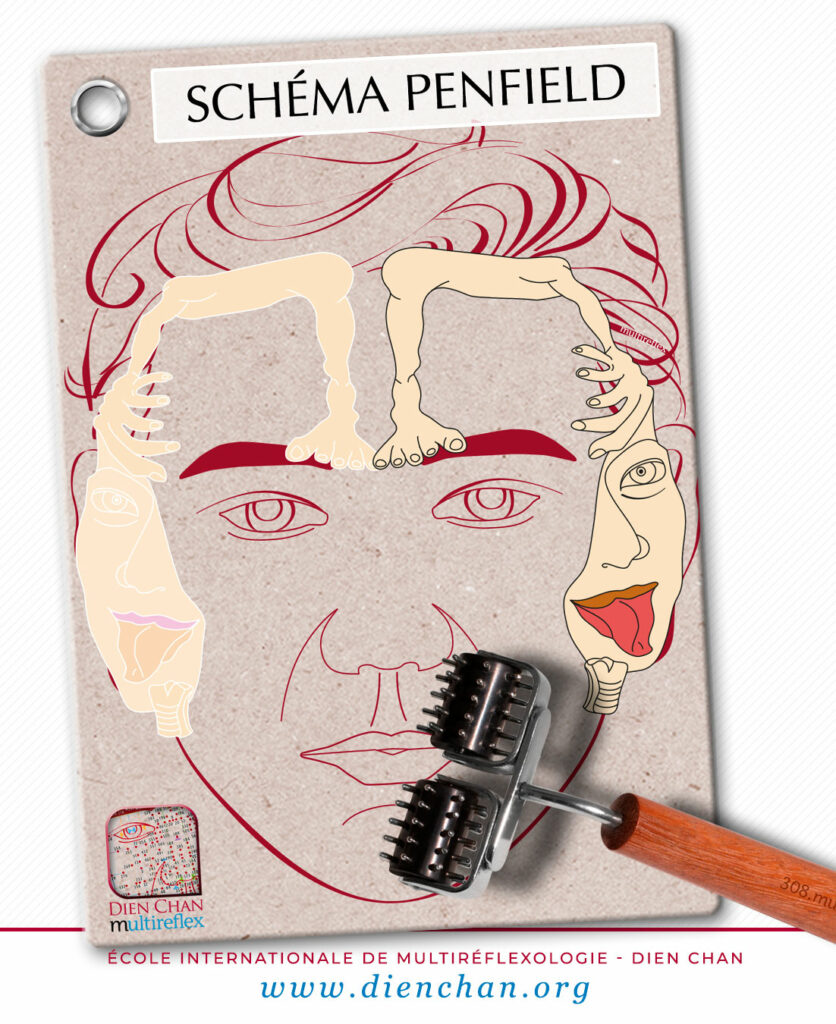
I gave it that name after learning the story of its discovery. Initially, Professor Bùi Quôc Châu numbered the diagrams in the order of publication. But because we don’t always publish them in the same order and also use numbers to name bqc·points and multireflex tools, I started giving names to the diagrams.
It really pleased Professor Bùi Quôc Châu and his sons.
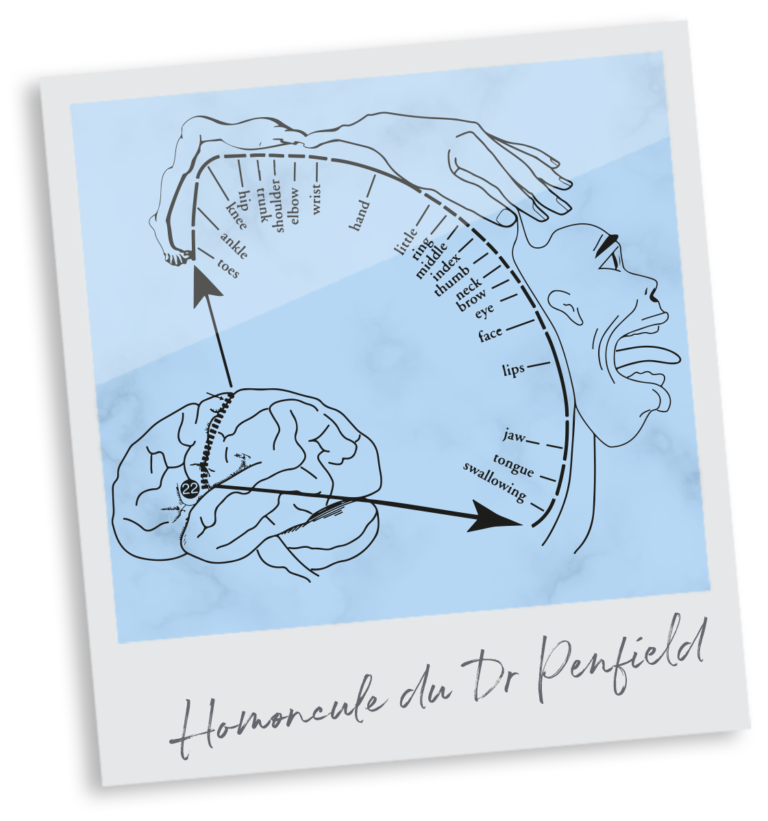
Those which refer to a story bear the name of the artist or the scientist: “Rodin” for the diagram which recalls the position of the famous sculpture of the “Thinker of Rodin”.
But it was by consulting a scientific journal that referred to Dr Wilder Penfield’s (1891-1976) research into the brain that Professor Châu had enlightenment.
Dr Penfield’s diagram of the homunculus represents regions of the human body corresponding to specific stimuli from the cerebral cortex.
Professor Châu observed this diagram while mentally projecting it on his Dien Chan point map.
He remembered that in geometry we define a surface with at least three points. And the first 3 bqc·points came to his mind; they were 34· 16· and 14·.
Positioning Dr Penfield’s homunculus on the face, bqc·point 34· coincides with the foot of the diagram, bqc·point 16· with the eye and 14· with the throat.
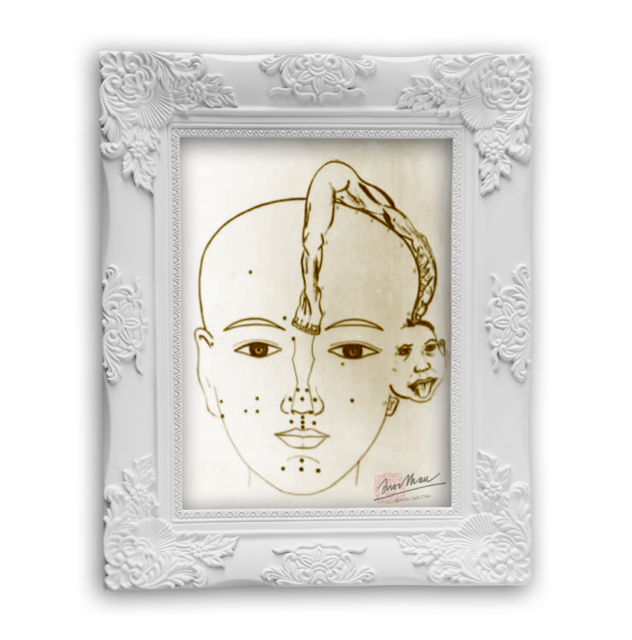
Let us remember that at that time Professor Bùi Quôc Châu only had his map and detailed records of the effects and indications for each bqc·point discovered.
He perfectly remembered having used bqc·point 34· to treat numerous pains in the feet, bqc·point 16· for vision problems and obviously all ENT diseases treated with bqc·point 14· and reflex zone around the earlobe.
It matched so well that he went back to his notes to check if other points on the map confirmed the coincidence.
Yes, yes, yes! Incredible, bqc·points such as 197· were already being used for knee disorders. Pr Bùi Quôc Châu was already successfully working the surface of the top of the forehead and which is now described by the hip in Penfield’s diagram. And so on…
This first pattern of reflection therefore opened the immense door to multireflexology.
He thus understood that he could join —following the anatomical coherence— the points of his map in constellations to describe diagrams of reflection.
It was when he saw the full-body outline on his face that he was able to draw the “Red man” sometimes referred to as Mr Yang. He completed it with the diagram of the “Blue Lady” or also called “Madame Yin”.
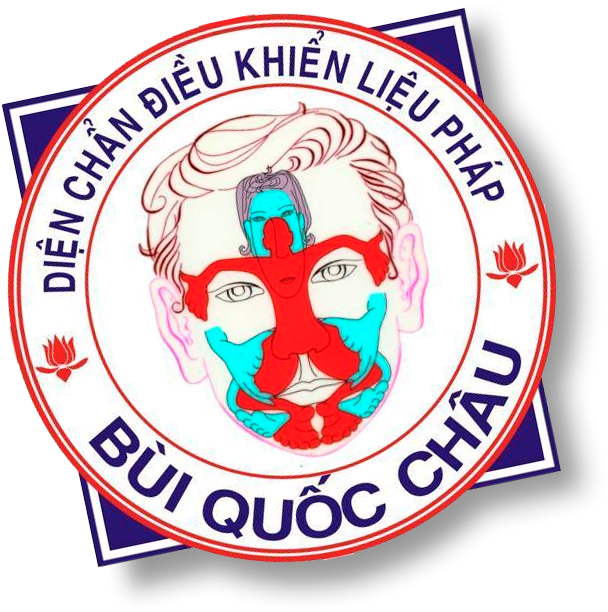
This board actually embodies two combined diagrams and became his logo illustrating not only two representations of the body, but also the two forces in equilibrium.
The story of the discovery is important
It allows us to better understand the method, which is why we explain it in our educations. This makes it easier to study each diagram, to understand them well in order to know how to project them correctly on any face.
The goal of the experts in Dien Chan is to help every practitioner to become a care designer. This means that taking each curriculum module, you learn to personalise each treatment to the patient.
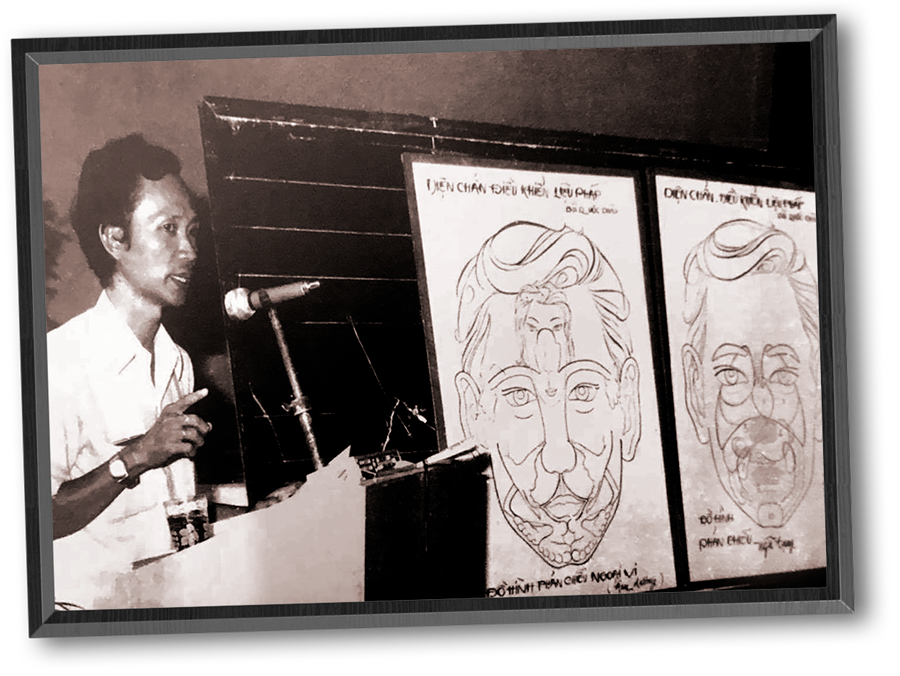
Let us not limit ourselves to the nomenclature of the pathology which is borrowed from Western medicine, but rather learn to “translate” into therapeutic gestures the narration of the disorder offered to us by the person treated.
Both Dien Chan and Chan❜beauté are very effective if we follow a holistic care plan.
That is, we must be aware of:
- The general condition of the person before starting.
- Then work locally on the part of the body concerned to find out which effects (yin or yang) is best suited to the description of the disorder.
- Then continue on the facial reflex zones of this same anatomy by combining the diagrams of Dien Chan.
- Consolidate our treatment with bqc·points composing the most appropriate formula.
- And finally, teach the person how to maintain the treatment by practising self-care maintenance exercises.
- Whether it’s the 12 morning massages or the use of a multireflex tool, our clients must not remain passive between sessions.
- 🇨🇦🇺🇸 North America multireflex tools and training: www.multireflexusa.com
Dienchanely yours,
_patryck aguilar
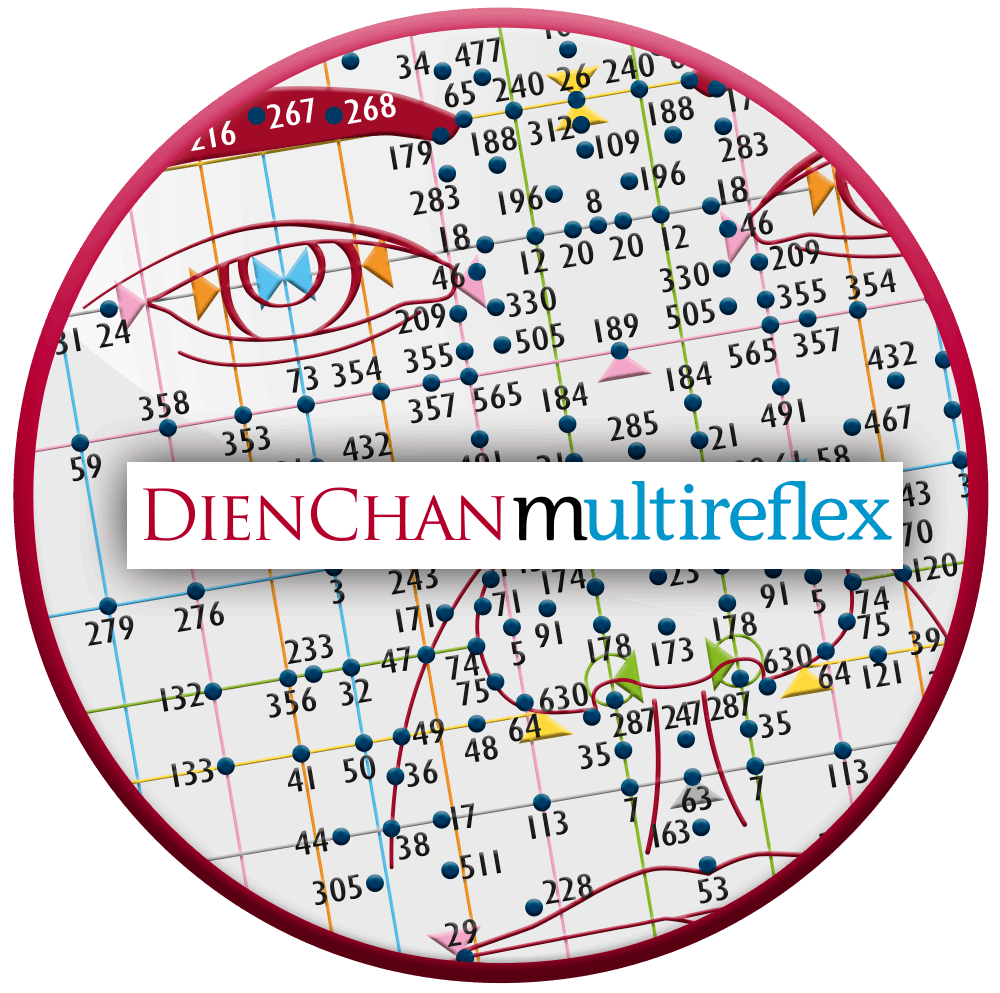
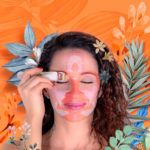
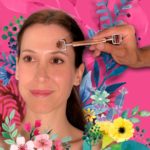
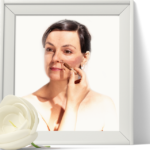
Hi there, I was just wondering if the one side of the picture ( my left )is facing backwards? Does this mean that it is the back of the same picture that is colored and filled in with black outline. Thank you.
Hello Glenn and thank you for your question!
Yes, the chart represents the diagram of reflexion on one side for design purposes, but the body is indeed on both sides.
So like a mirror we have two Penfield diagrams on the face.